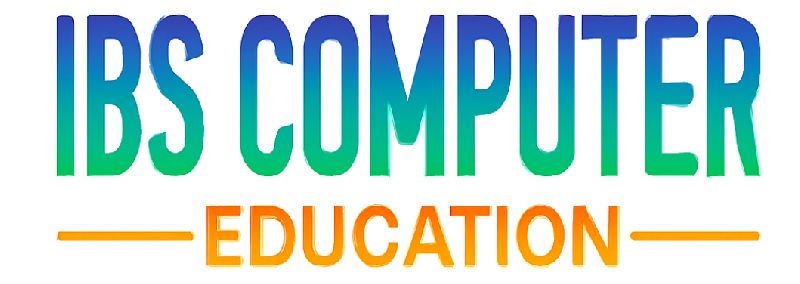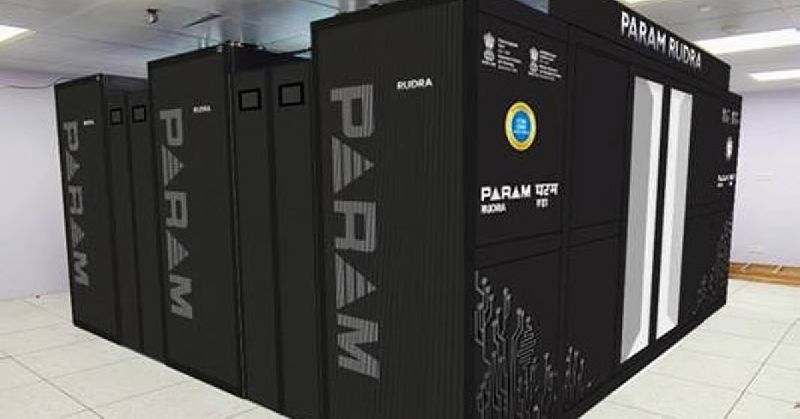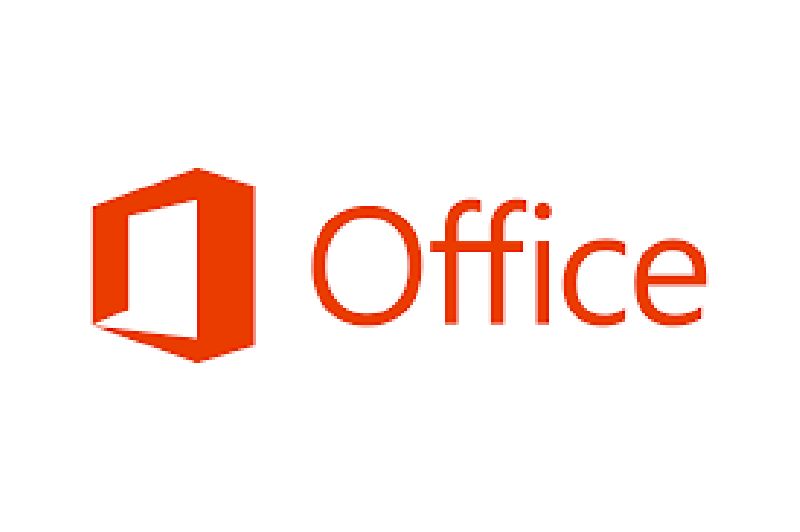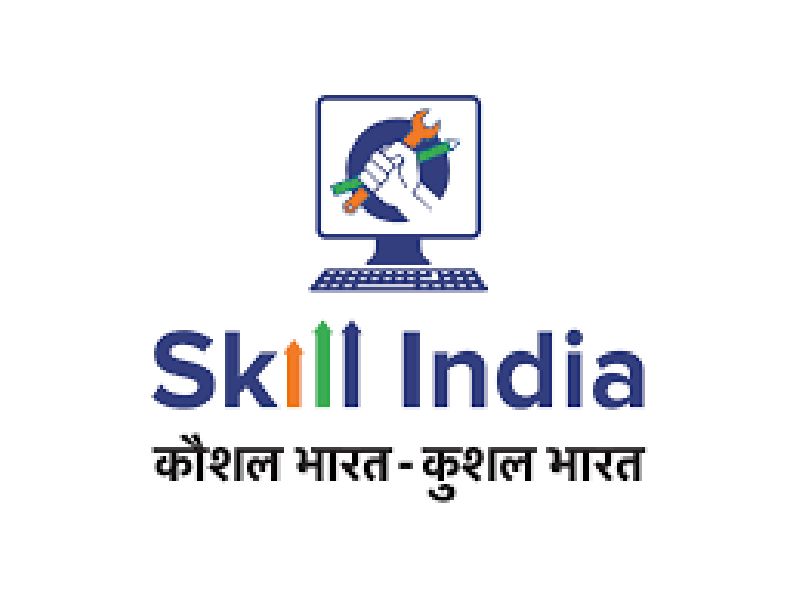Major Supercomputers in India
Major Supercomputers in India
| Supercomputer Name | Institution / Location | Peak Performance (Approx) | Primary Use |
|---|---|---|---|
| PARAM Siddhi-AI | C-DAC, Pune | 5.267 petaflops | AI research, HPC, drug discovery |
| Pratyush | IITM, Pune | 4.0 petaflops | Climate & weather forecasting |
| Mihir | NCMRWF, Noida | 2.8 petaflops | Medium-range weather forecasting |
| PARAM Yuva II | C-DAC, Pune | 0.5 petaflops | Scientific research, simulation |
| PARAM Shakti | IIT Kharagpur | 1.66 petaflops | Scientific applications under NSM |
| PARAM Brahma | IISER Pune | 1.66 petaflops | Chemistry, physics, bioinformatics |
| PARAM Sanganak | IIT Kanpur | 1.3 petaflops | Academic research |
| PARAM Ganga | IIT Roorkee | 1.66 petaflops | Research & Education |
| PARAM Ananta | IIT Gandhinagar | 838 teraflops | Simulation, materials science |
| PARAM Pravega | IISc Bangalore | 3.3 petaflops | Physics, AI, material science |
| PARAM Utkarsh | NIT Sikkim | ~800 teraflops | NSM-based academic research |
| PARAM Vishwas | IIIT Hyderabad | ~800 teraflops | AI, IoT, Smart city applications |
| PARAM Yukti | JNCASR, Bangalore | ~650 teraflops | Quantum materials, materials research |
| PARAM Vidya | Sikkim University | ~500 teraflops | NSM education-oriented |
| PARAM Shivay | IIT BHU (Varanasi) | 833 teraflops | Earthquake modeling, AI |
| PARAM Rishi | IIITM, Gwalior | ~800 teraflops | Data science and analytics |
⚙️ Supercomputers by Application Type
🔬 Academic & Research
-
PARAM Shakti (IIT Kharagpur)
-
PARAM Ganga (IIT Roorkee)
-
PARAM Ananta (IIT Gandhinagar)
-
PARAM Pravega (IISc Bangalore)
☁️ Weather & Climate
-
Pratyush (IITM Pune)
-
Mihir (NCMRWF Noida)
🤖 AI & Machine Learning
-
PARAM Siddhi-AI (C-DAC)
-
PARAM Vishwas (IIIT Hyderabad)
🏫 Education & Training
-
PARAM Vidya (Sikkim University)
-
PARAM Rishi (IIITM Gwalior)
-
PARAM Shivay (IIT BHU)
🛰️ Strategic Supercomputing (Undisclosed/Restricted Use)
-
ISRO, DRDO, BARC, and BEL also maintain high-performance computing systems for defense, space, and nuclear research, but full specifications are not publicly available due to security reasons.










